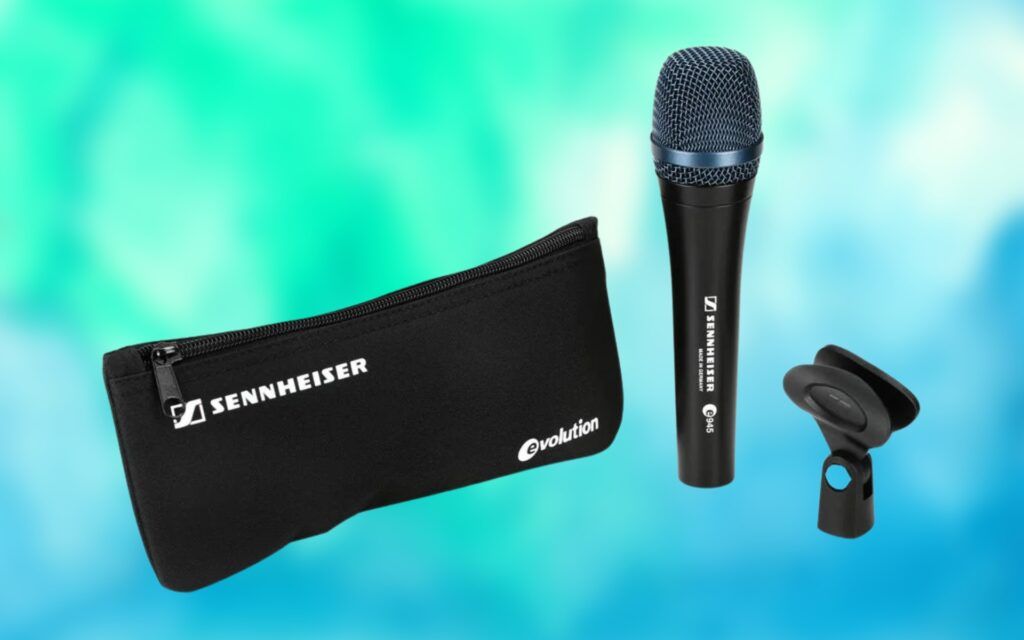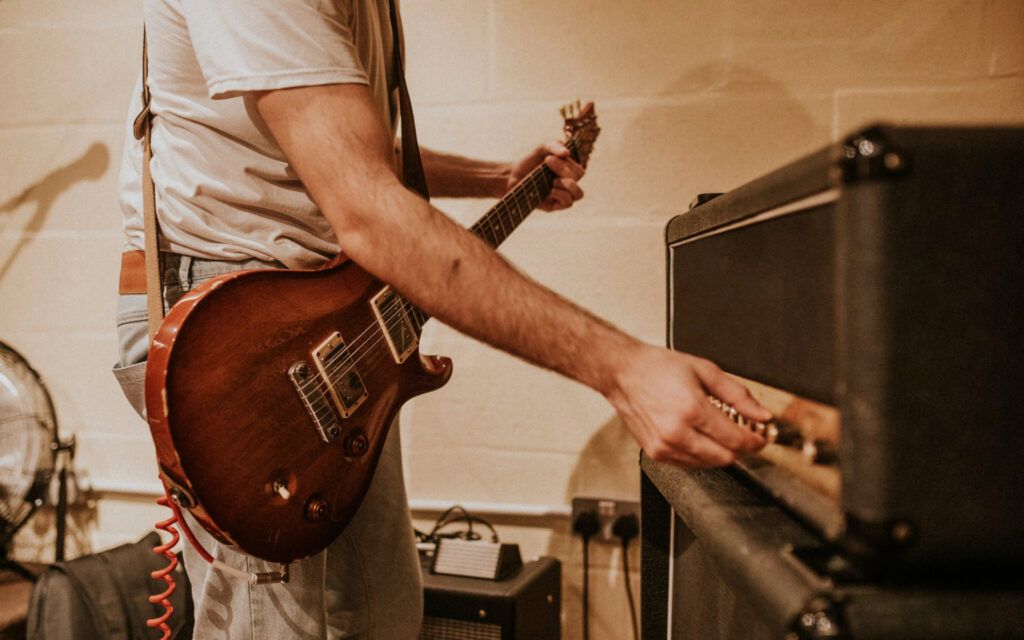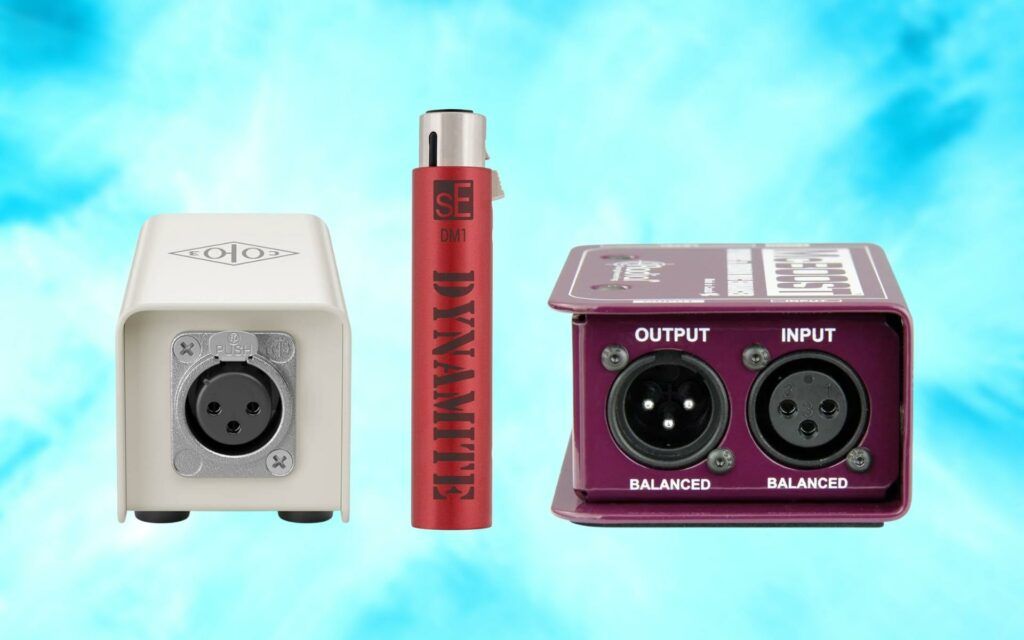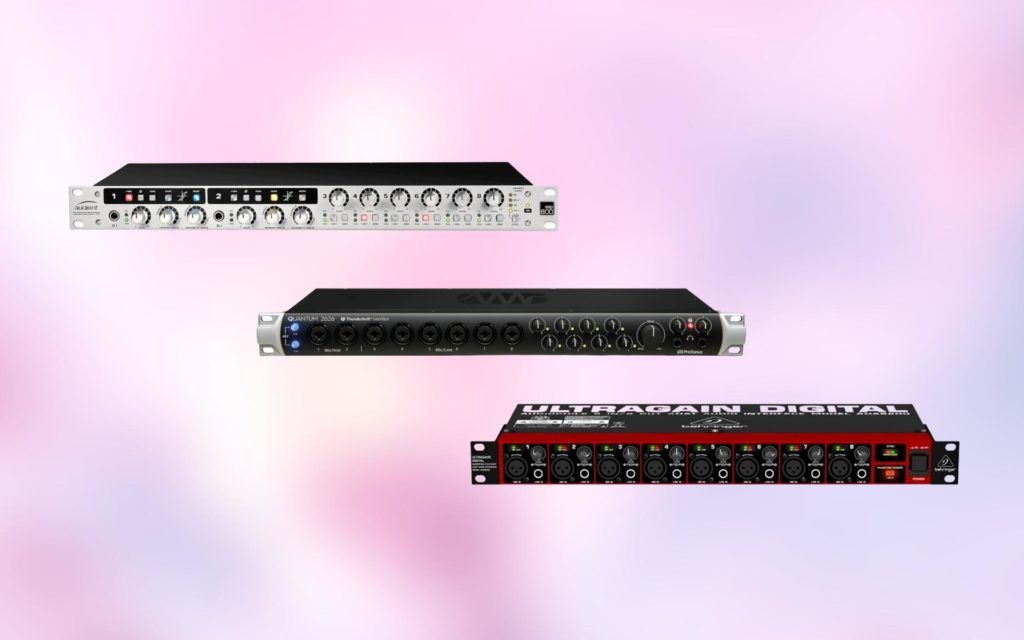If you use a microphone to record vocals regularly, there is a good chance you will have encountered issues with it picking up unwanted noises. Unfortunately, this can be a very frustrating part of the process and, at its worst, it can render your audio recordings unusable. To avoid this, you are going to need to use a filter.
However, this is likely to lead you to a key question: do you use a pop filter or windscreen made from foam? While both are useful, they actually serve different purposes, so the best option will depend on how you are using your microphone. Here, we explore the pop filter vs foam windscreen issue in more depth and explain which option to use.
Foam Windscreen vs Pop Filter: What is the Difference?
The foam windscreen vs pop filter issue can seem confusing at first, and many people do get the two objects mixed up. Yet, they are actually different on a fundamental level – not only in terms of their appearance but also in terms of what they are designed to do. So what exactly is the difference between them?
As the name suggests, a foam windscreen is made out of foam, or polyurethane, which is the same material often used to make foam seating and some foam household sponges. It will usually cover the entire microphone and is designed to reduce instances where the microphone picks up the sound of air passing over it – hence the name ‘windscreen’.
So how does a pop filter differ from this? Well, for one, a pop filter will look more like a screen than a microphone cover. In fact, pop filters are sometimes referred to as pop screens. They are placed between you and your microphone, and they are designed to reduce instances where the microphone picks up and emphasizes ‘pop’ noises.
These ‘pop’ sounds are the plosive noises that are associated with singing or speaking ‘p’s, ‘b’s, ‘t’s and so on. Pop filters can be made from a range of materials, but will usually look like a thin mesh.
When Should You Use a Foam Windscreen for Recording?
Whether to use a foam windscreen or pop filter is less about preference and more about the specific circumstances. After all, they serve two different purposes. A foam windscreen is intended to prevent your microphone from picking up the sound of air traveling across it, and this is most likely to happen with wind.
Most commonly, wind detection is going to be an issue if you are recording vocals outside, or in an open-air venue. It is much less likely to be needed if you are in an indoor setting, such as a recording studio or your own home, unless you are going to be recording close to an open window or another source that may produce rapid air movement.
Some vocalists do use foam windscreens to block out ‘pop’ sounds, but they are not particularly effective and are not designed for this. Additionally, when used for this purpose, a foam windscreen is likely to impact other aspects of the sound far more than a pop filter would.
When Should You Use a Pop Filter for Your Microphone?
So with foam windscreens most useful during outdoor recording sessions, it stands to reason that pop filters are better suited to indoor settings. In fact, if you have ever seen footage of singers recording their vocals in a recording studio, there is a good chance you will have seen them using a pop filter during the process.
A pop filter will prevent your microphone from picking up and emphasizing the ‘pop’ noises associated with plosives. This will be invaluable because those noises being picked up will negatively impact the listening experience.
If you are recording your own singing, rapping, or speech in your own home, in a studio, in an office, or in any other similar setting, a pop filter is likely to be the best way to go. It will do a far better job of solving this issue than a foam windscreen and will be a must-buy if you notice these popping sounds are too pronounced in your recordings.
Final Thoughts
Unlike many other decisions you’ll need to make when recording music, the pop filter vs foam windscreen issue is a simple matter of what your needs are. If you need to block out wind or air sounds, you should opt for a foam windscreen, whereas if plosive ‘pop’ sounds are causing you problems, a pop filter is the way to go.
The other thing to keep in mind with the decision of windscreen vs pop filter is that windscreens are usually deployed for outdoor or open-air recording, whereas pop filters are generally better suited for indoors.







